From Dream to Reality: How to Start Your Kitchen Remodel

Remodeling your kitchen can be one of the most exciting — and daunting — projects in your home. Between layout choices, finishes, storage and budgeting, the options can feel overwhelming. The key to a stress-free renovation? Here’s how to take the first steps towards your dream kitchen.
This article was originally posted in partnership with Houzz
Thinking through how your kitchen needs to function, and how you want it to look and feel, before making any major design moves. Pre-planning brings clarity and confidence, helping you avoid costly missteps and get the most out of working with a designer. These days, you’ll even find easy-to-use digital tools, powered by AI, to help guide your thinking.
1. Start With Your Why
A kitchen isn’t just a place to cook — it’s the heart of the home, and it needs to work hard for your lifestyle. Before getting swept up in choosing fixtures or finishes, step back and think about how your current kitchen supports — or doesn’t support — your daily life. Do you cook every night or entertain often? Need a spot for the kids to do their homework? Is an awkward layout or lack of natural light a problem? Consider how you live now and how that might evolve, so your layout and inclusions continue to support your needs.
"The kitchen is the hub of the home — and has a lot of jobs to fulfill," says Nicole Clements, a kitchen designer and expert service associate at Rebode. "Most people only do this once in their lives, so there’s a lot of pressure to get everything just right."

Online pre-planning tools can help structure your thinking so you don’t miss a thing. Rebode Kitchen Jumpstarter — which is part of MasterBrand, one of North America’s largest kitchen cabinetry manufacturers — helps you do just that. This free online assessment helps you narrow down the look and feel of your ideal kitchen, while guiding you through practical choices like cabinetry types, storage, appliance placement and layout. It then uses AI to help you visualize the result in 3D.
From there, you receive a complete, shareable remodel profile that synthesizes your preferences, budget and vision — a practical resource to take straight to your design consultation. You’ll also be matched with a trusted local kitchen designer to bring it all together. It’s a smart way to fast-track the early planning process, avoid missteps and get clear on your goals from the outset.
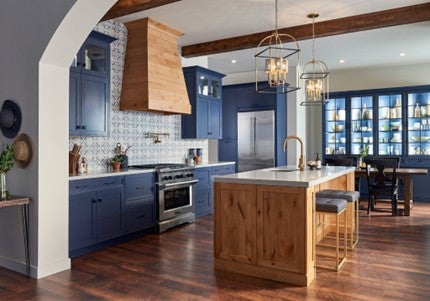
2. Define Your Style
Knowing what you like and why lets you make faster and more confident decisions down the track. It also makes professional consultations more productive.
Start by creating a Houzz Ideabook of kitchens you love and look for recurring themes. Think beyond trends: is your home best suited to something light and natural, bold and modern or warm and traditional? Consider how cabinet profiles, color palettes and materials will age, and look at adjoining rooms to ensure a cohesive look.
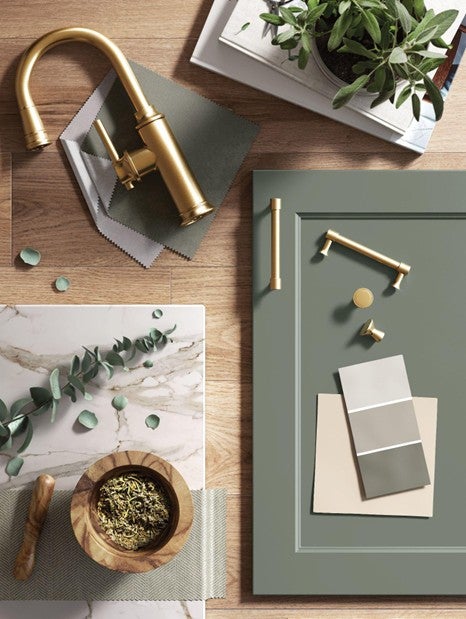
“Go with what you love — if it makes you happy, isn’t that what matters?” says Clements.
Rebode Jumpstarter can also help you define and visualize your style before you start selecting finishes and colors. MasterBrand’s wide cabinetry selection — with styles that range from clean-lined and modern to timeless and traditional, with an endless variety of colors and finishes to boot — means you’ll find durable, flexible options to bring your vision to life.
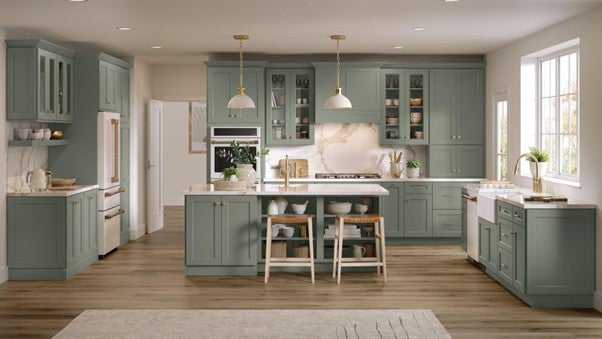
3. Plan a Layout That Works for You
The best kitchens aren’t just beautiful — they’re designed to make life easier, with a layout that supports how you cook, clean, store and socialize. Think in zones: prepping, cooking, cleaning, storage and dining. Identify current layout frustrations and consider how a new configuration might solve them.
“When I first design a kitchen, I try to include it all — big and small drawers, rollout trays, pull-out bins,” says Clements. “Once I know more about the homeowner, we can customize to their needs, whether that’s wine storage, a charging drawer or a coffee nook.”
Avoid layout mistakes like bottlenecks around the fridge or wasted corners. Place appliances and drawers where they’ll be most useful: bins near prep areas, spice drawers by the stove.

“It’s important to think about how many people are in the kitchen at once. Do you want an area for kids to do homework? Do you entertain a lot? Have pets? I always ask clients to show me all their inspiration pictures — they tell me so much,” says Clements.
Planning these details early avoids costly changes later. Digital tools like Jumpstarter let you assess how your current kitchen does — or doesn’t — work, helping you spot layout improvement opportunities.
If you’re feeling stuck, Rebode also offers expert support which allows you to tap their team of on-staff experts for free remodeling advice. After completing Jumpstarter, you can also request a complimentary 3D rendering of your kitchen to visualize your design and have a clear, actionable plan to finalize with a designer.
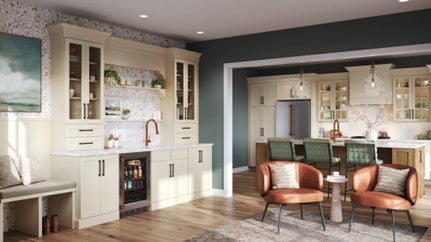
4. Set a Realistic Budget
Having a clear budget doesn’t limit your options — it helps you make confident, informed decisions. Divide your budget into key categories: cabinetry, appliances, trades, finishes and a 10 to 20 percent contingency. Don’t forget allowances for design fees, demolition and plumbing or electrical work.
Kitchen Jumpstarter helps here too. Input your home’s value, ZIP code, kitchen size and remodel scope to receive budget ranges for your kitchen upgrades and category-by-category guidance. “Planning is key to staying on budget and making sure you have all the items you want,” says Clements. “Otherwise, you could spend more and not love the result.”
Some details are worth the splurge. Quality cabinetry, for example, pays off in performance, longevity and resale value. MasterBrand offers high-quality cabinetry across different styles and price points, helping you find the right match for your vision and budget. Once you’ve got quality cabinetry locked in, you can trim costs on smaller details, like hardware or backsplash tiles, without compromising the end result.

5. Prioritize Good Storage
Well-planned storage transforms how your kitchen functions, keeping everything from groceries to gadgets close at hand and your countertops clear.
Start by taking stock of what you need to store, from food and small appliances to cleaning products. Store items close to where you’ll use them: utensils by the stove, bins near the prep zone and plates close to the dishwasher.
If space is tight, go vertical. Tall cabinets, deep drawers and pull-out pantry units help you maximize every inch. Inside, drawer dividers, organizers and rollout trays mean less rummaging and a smoother routine.
“I love drawers big and small,” says Clements. “You can put pots and pans in them, casseroles, storage containers — it’s so nice to open a drawer and see everything. And pull-out garbage is a must in most kitchens.”
Digital tools like Rebode Jumpstarter help map out your ideal kitchen storage layout, offering everything from small racks and rails to generous pull-outs and integrated bins. Get it right now, and your future self will thank you.
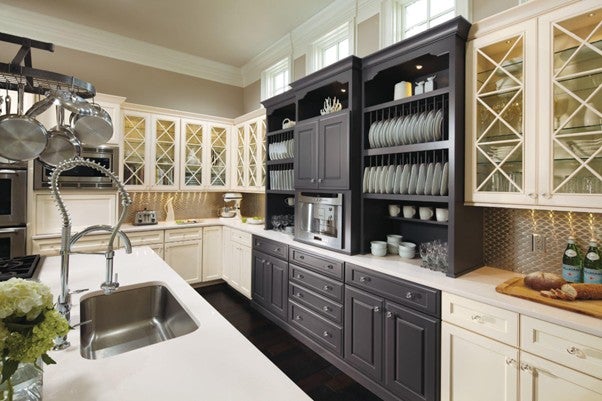
6. Prep Before Your Design Consultation
Being prepared gives you more control and leads to better outcomes with your designer. Before your first consultation, think about your goals, must-haves and deal-breakers. Create a short brief — a few notes and inspiration photos will go a long way. “It’s so helpful when clients come in with clarity — a brief, some bullet points or a few images,” says Clements. “It makes the process so much smoother.”
Jumpstarter makes this part easy. At the end of the assessment, you receive a personalized kitchen profile that brings together your style, preferences and layout needs into one easy-to-share summary — the perfect starting point to take to your first kitchen-design meeting. It also connects you with trusted local designers, helping you move from dreaming to doing.
Because with the right planning up front, what once felt overwhelming becomes surprisingly doable — and even enjoyable.
More: Visit the Rebode website to try Jumpstarter and start planning your dream kitchen.